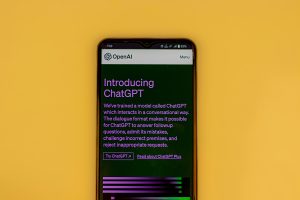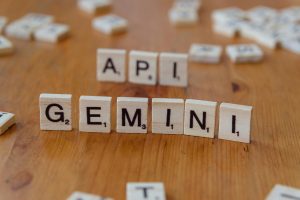What Are the Other Roles of AI Besides Predicting the Next Word?
Rethinking AI: Beyond Simple Word Prediction
In today’s world of rapidly advancing technology, the nature of artificial intelligence (AI) sparks a variety of opinions and debates. A common critique revolves around the notion that large language models (LLMs) simply function as complex mathematical systems designed to predict the next likely word or token. There’s an assertion that this mechanism lacks true intelligence. However, I believe there is more to this discussion.
Let’s entertain a hypothetical scenario: envision a future, perhaps 200, 400, or even 1,000 years from now, where artificial general intelligence (AGI) exists. In this advanced landscape, any form of digital intelligence would need a means of communication with the external world. One major question arises: how else could it express itself aside from generating a continuous stream of words or commands?
It’s not unreasonable to consider this model as one that doesn’t necessarily aim for a single, definitive action. Instead, it may present a range of potential actions or phrases from which it draws upon at any given moment.
I come to this perspective with a foundational understanding of machine learning, cultivated through both professional endeavors and personal exploration. My journey included diving deep into neural networks and even coding the fundamental backpropagation algorithms myself. I’ve kept a close eye on the evolution of language model architecture, and I appreciate that, at its core, it’s fundamentally mathematical—an engagement we’ve been able to grasp and manipulate.
It’s crucial to emphasize that any form of artificial intelligence must inherently involve mathematics and algorithms. For an algorithm to function meaningfully, it necessitates an output. This brings me to a pressing question for those who view AI skeptically: what type of output mechanism would you consider adequate for an intelligent system? What should its interaction look like to transcend the label of mere “fancy auto-complete”?
Even the most sophisticated models ultimately rely on some form of output generation. In this context, next-token prediction stands as a compelling method, and one that may be just as valid as any other conceivable alternative.
As we move forward into the uncharted territories of AI development, let us challenge our preconceptions and engage in meaningful discussions about what constitutes intelligence and its manifestations in our future. What do you think? How do we define and measure the true capability of AI moving forward?














Post Comment